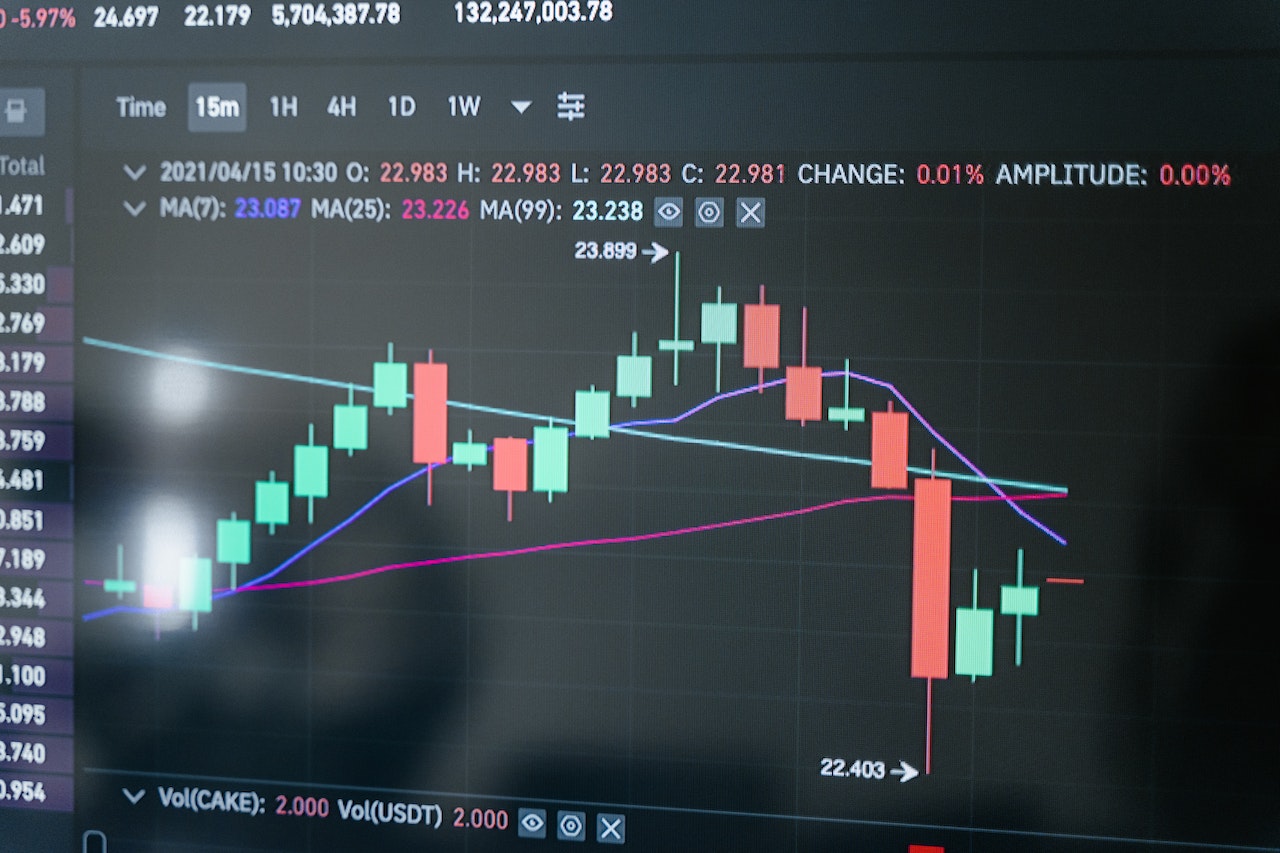Decentralized trading protocols enabling crypto investors to earn through liquidity provision is a welcome development. Despite its advantages, liquidity provision presents a downside that every investor needs to know about. It’s called impermanent loss.
Read on to learn what impermanent loss is, how it occurs, and what you can do to reduce the risk.
What Is Impermanent Loss?
Impermanent loss (IL) is a risk that liquidity providers face when the price of liquidity pool assets changes compared to when the LP deposits them. It is called “impermanent” loss because if the liquidity provider decides to hold the tokens longer in the pool, the assets could return to their original prices.
This loss only occurs in the 50:50 ratio pools since the automated market maker has to adjust the tokens to match the ratio in case of price changes. The greater the difference between the original and adjusted price, the greater the risk of impermanent loss.
However, it doesn’t necessarily mean losses since the liquidity mining rewards and profits could increase the net revenue at the time of withdrawal. Still, the liquidity provider needs to hold the tokens longer for this to work out. If they choose to withdraw immediately after the price shift, they lose a chance to earn liquidity provision rewards.
How Does Impermanent Loss Occur?
There are three scenarios that lead to impermanent loss:
- A significant increase in the price of one asset
- A significant decrease in price for an asset
- A significant decrease or increase in price in both assets at the same time
To get a clearer picture of how this happens, here is a scenario involving a token’s price increase.
Say a liquidity provider decides to participate in a Token A/Token B pool and has $1,000 for this investment. They need to deposit $500 of token A and $500 of token B to satisfy the 50:50 ratio. However, token A has a higher price than B, leading to 1 of A being equal to 500 of B.
With these parameters set, if people buy more of B in the secondary market, its price will most likely increase. That means the liquidity pools AMM will have to adjust the tokens accordingly. Therefore, 1 of A will be equal to less of B. In this case, let that be 1 of A=250 of B.
This liquidity provider with $1,000 in the liquidity pool will now have less of B than they would have had if they were just holding the asset. If they decide to withdraw their funds from the liquidity pool, at this point, it would mean getting the same $1,000.
Missing out on this opportunity for more B at a higher price outside the liquidity pool is an impermanent loss. Meanwhile, the opposite would be true during a price decrease of one token.
How Can You Reduce the Risk of Impermanent Loss?
Here are some ways to counter the effects of impermanent loss:
Low Volatility Tokens
The more volatile the LP tokens are, the higher the chances of impermanent loss. That said, if an investor chooses LP tokens with lower volatility, the price changes will not be significant, saving them from potential losses. This factor works well for low-volatility tokens and stablecoins.
Using Stop-Loss Limits
By placing stop-loss limit orders on the assets held in the pool, LPs can offset the effects of impermanent loss by a certain degree by selling an asset before it drops too much in price.
Choosing Uneven Pools
The main cause of impermanent loss is the 50:50 token balance required within most pools. However, more complex pools with a different ratio can avoid impermanent loss. A good example is ratios like 90:10. Notably, the higher the ratio, the lower the chances of impermanent loss.
One-Sided Token Pools
There are pools on protocols like Bancor and BakerySwap that require input on one side of the pool. An example is if it is an ETH/DAI pool, the exchange only requires ETH input from providers. Since it is one-sided, there is no risk of impermanent loss. However, this low-risk environment generally means lower potential rewards.
Conclusion
Liquidity mining has always been risky, and impermanent loss makes it riskier since crypto markets remain volatile. Therefore, every investor considering this path should do their due diligence to ensure they understand the risks they face, given the trading pool they are depositing funds into.



